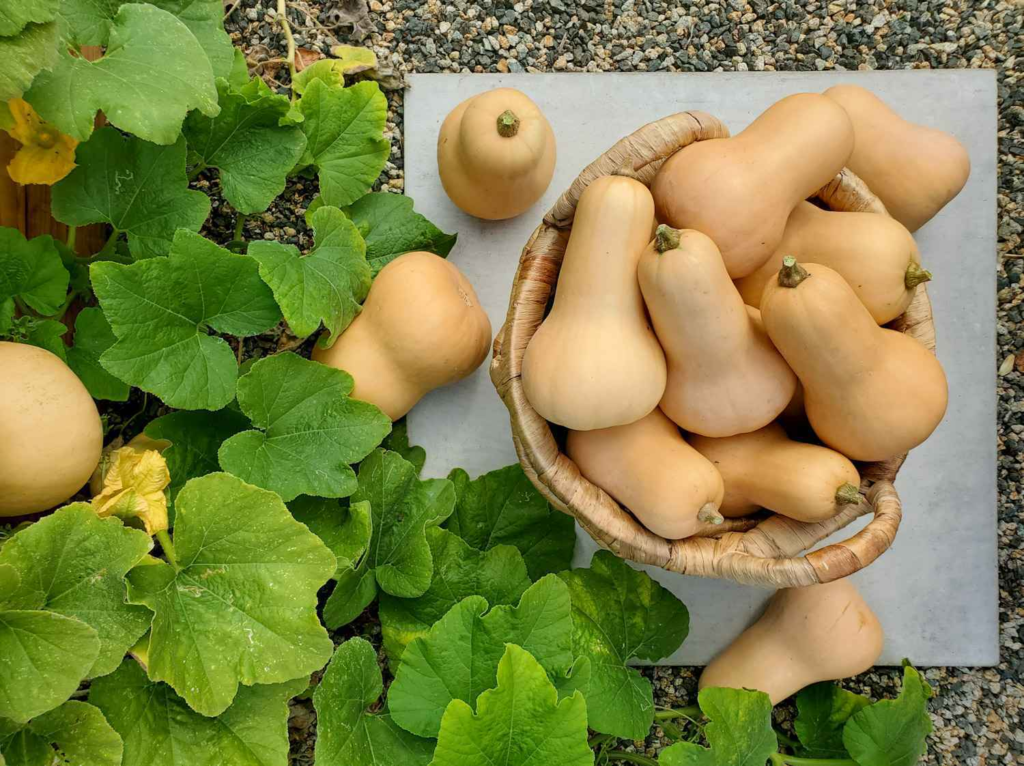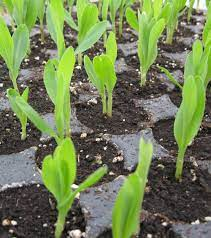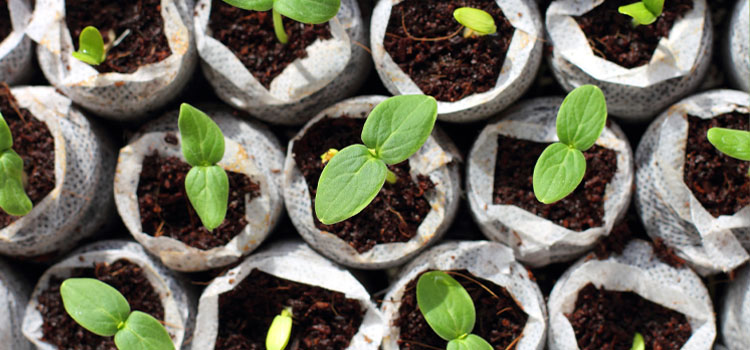As spring arrives, it’s time to prepare your garden for a productive growing season. April is the perfect month to sow a variety of seeds that will flourish as the weather warms. Whether you’re a seasoned gardener or just starting, these top picks will set you up for a bountiful harvest.
Zucchini and Summer Squash
Zucchini and other summer squashes are incredibly productive once established. These crops thrive in warm weather and, once they start growing, they continue to produce an abundance of fruit. The key to success is regular harvesting, as overripe squash can slow down production. These vegetables are also great for sharing with friends and neighbors, making them a social garden asset.
To start, sow seeds into plug trays with large cells and use a peat-free potting mix. If the seedlings outgrow their plugs, transplant them into larger pots. Plant them outdoors after the last frost, once they’ve been acclimatized. Sow the seeds about half an inch deep, and remember to plant them on their side to prevent water from collecting on top, which can cause rot.
Winter Squash and Pumpkins
Winter squash and pumpkins require a longer growing period, making them ideal for regions with cooler climates. Start them indoors on a warm windowsill and transplant them once the risk of frost has passed. They can be grown in the same manner as zucchini, but ensure you give them ample time to mature before the cold weather sets in.

Beans
Beans, including runner beans and snap beans (green beans), are versatile crops that can tolerate different weather conditions. While snap beans are sensitive to the cold, runner beans thrive in cooler climates. Sow beans indoors in small pots or plug trays early in the season, then transplant outdoors after the last frost, once they’ve been hardened off. Beans sown later in warmer conditions will catch up quickly with earlier plantings.
Sweet Corn
There’s nothing like the taste of fresh, homegrown sweet corn. Corn should be sown once the danger of frost has passed, as it thrives in warmer conditions. For an earlier start, sow seeds in small pots or plug trays and germinate them under cover, in a greenhouse or cold frame. If you’re concerned about mice, protect your seeds in lidded containers or a propagator to keep them safe until germination.

Carrots
Carrots are best sown directly in the garden where they are to grow. They need a long, straight taproot, so transplanting them is not ideal. Mark out shallow rows, space the tiny seeds about half an inch apart, and cover them lightly with soil. Thin the seedlings as they grow to ensure each plant has room to develop.
Parsnips
Parsnips are slow to germinate, particularly in cold soil, so patience is key. Wait until the soil has warmed slightly before sowing. Mark out rows about a foot apart and sow one or two seeds per inch. Parsnips can take up to four weeks to sprout, so be patient. A trick to help you find the rows while weeding is to plant some fast-growing radishes alongside them. Once the radishes are harvested, the parsnip seedlings will have more space to thrive.
Summer Broccoli
Broccoli is an excellent early spring crop, and sowing it now will provide you with heads of tender, delicious florets. Start seeds in small pots or trays, covering them lightly with potting mix. Once the seedlings are large enough, transplant them outside, ensuring they are protected from pests like cabbage white butterflies. Don’t pull up broccoli plants after harvesting the main head—this will encourage smaller side shoots, extending your harvest.
Celery
Celery is a versatile ingredient found in many recipes, and modern ‘self-blanching’ varieties make it easier to grow. Sow the tiny seeds into fine-textured potting mix and cover them lightly. Keep the mix moist by covering the pot with clear plastic until germination. Once seedlings emerge, transplant them into individual pots. Celery needs consistent moisture, so keep it well-watered and watch for slugs, which love to target this marshland plant.
Leeks
Leeks can be sown outdoors or in pots early in the season. Space the seeds about half an inch apart and keep them moist. By midsummer, your leeks will be ready for transplanting. Aim to plant them when they’re about 8 inches tall and pencil-thick. This hardy crop is perfect for extending your harvest well into fall.
By sowing these seeds in April, you’re setting yourself up for a season full of fresh, homegrown produce. Keep these tips in mind, and your garden will soon be brimming with flavorful vegetables to enjoy all year long!
